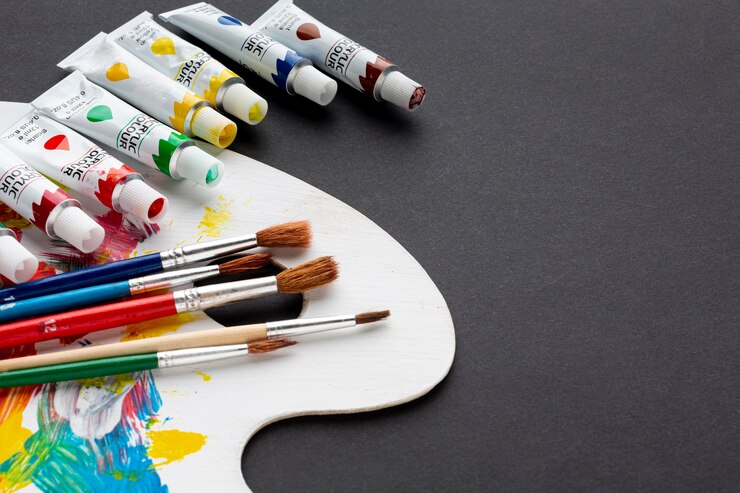Integrating digital tools into learning environments has become increasingly pertinent as educational paradigms shift towards more inclusive and diverse methodologies.
“The Future of Art Education: Integrating Digital Coloring into the Curriculum” explores the transformative potential of digital coloring tools in fostering creativity, engagement, and a deeper understanding of art concepts among students.
This article advocates for a more prominent role for digital art in educational settings by highlighting successful case studies and the tangible benefits observed.
The Digital Revolution in Art Education

Digital technologies have revolutionized numerous sectors, and education is no exception. Within art education, digital coloring tools have emerged as powerful mediums offering unparalleled creativity and expression opportunities.
These tools mimic traditional art techniques for coloring pages like Chibi and introduce students to the vast possibilities of digital creativity.
Case Studies of Success
Several schools have pioneered the incorporation of digital coloring and art tools into their curricula, witnessing significant improvements in student engagement and learning outcomes.
For instance, a pilot program in a primary school introduced tablets with digital coloring apps as part of their art classes, resulting in increased student participation and a noticeable enhancement in creativity and digital literacy skills.
Another example comes from a high school that integrated graphic design software into its art curriculum, allowing students to explore digital art forms alongside traditional methods.
The program fostered a comprehensive understanding of art and design principles, preparing students for the digital-dominated future of the art world.
Benefits of Digital Coloring in Education

- Enhanced Engagement: Digital tools can captivate students’ attention more effectively than traditional methods, especially when children are increasingly tech-savvy.
- Creative Freedom: With an endless spectrum of colors and tools, students can experiment and express themselves in previously impossible ways.
- Inclusivity: Digital coloring tools can particularly benefit students with physical disabilities, offering alternative means of participation in art activities.
- Skill Development: Integrating digital coloring into the curriculum aids in developing artistic skills, digital literacy, critical thinking, and problem-solving abilities.
Implementing Digital Coloring in Schools
To successfully integrate digital coloring tools into art education, schools should consider the following strategies:
- Infrastructure Investment: Ensuring digital infrastructure and devices are available for student use.
- Professional Development: Offering training for art educators to become proficient in digital art techniques and tools.
- Curriculum Integration: Designing curriculums that seamlessly blend traditional and digital art forms, emphasizing the value of both.
- Student Showcases: Creating opportunities for students to exhibit their digital artwork, affirming the importance of digital creativity.
Integrating digital coloring tools into art education represents a forward-thinking approach to preparing students for a future where digital and traditional art forms coexist. On Easy Smart Learning Education, you will find thousands of pages to use.
By embracing these technologies, schools can provide a more engaging, inclusive, and comprehensive art education that equips students with the creative and digital skills necessary for success in the 21st century.
Trendy news:
- 3 Lifesaving Tech Essentials For Every School Child – Parents, Read This Now
- I-70, US 6 closed In Both Directions In The Colorado Mountains Due To A Wildfire



Saved as a favorite, I really like your blog!
Your comment is awaiting moderation.